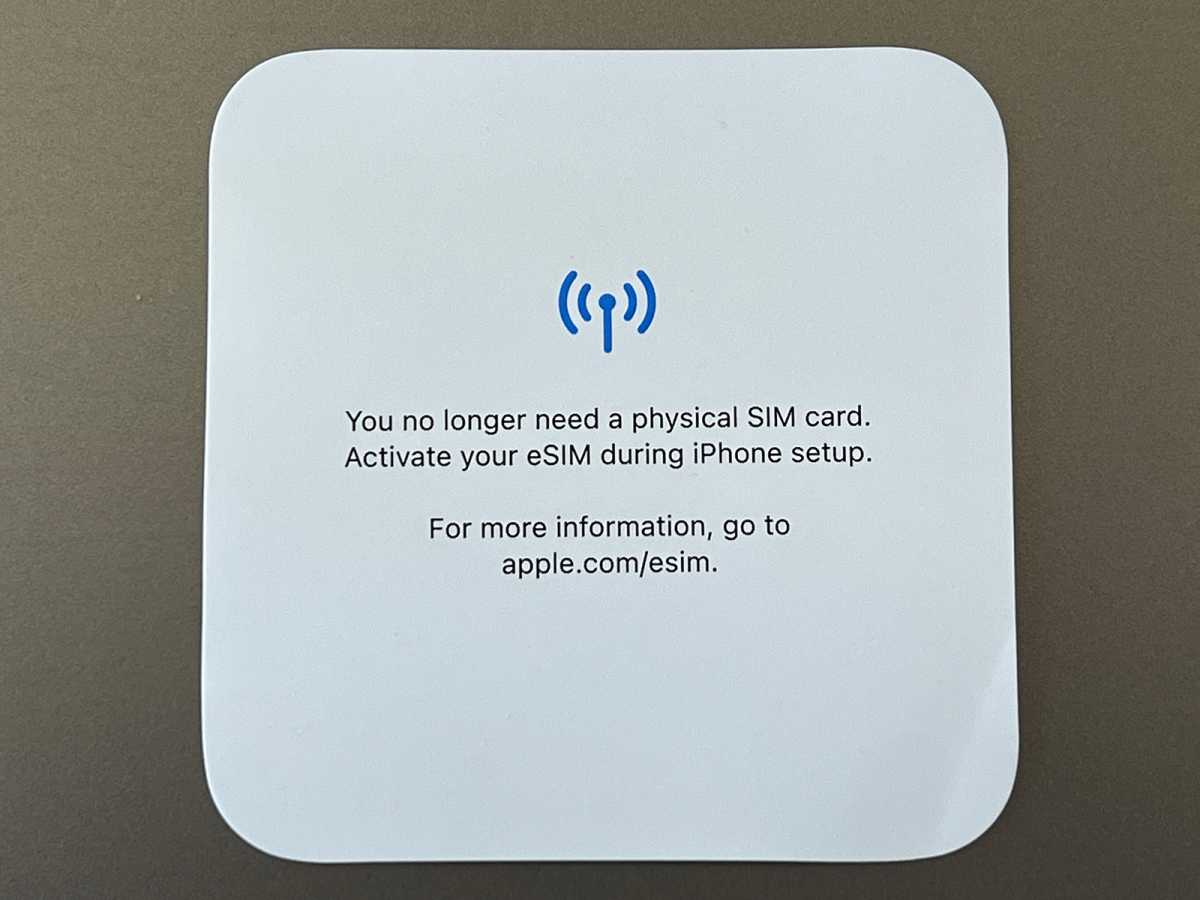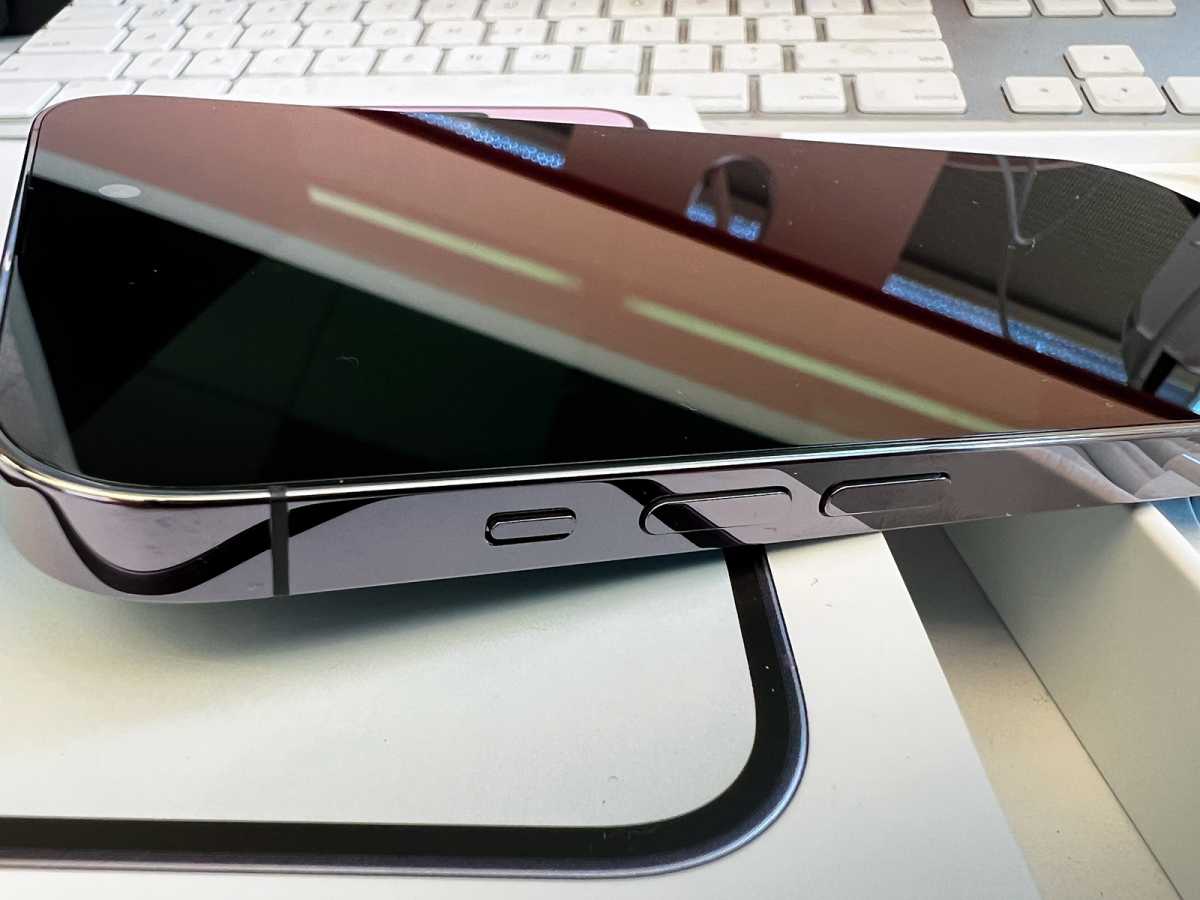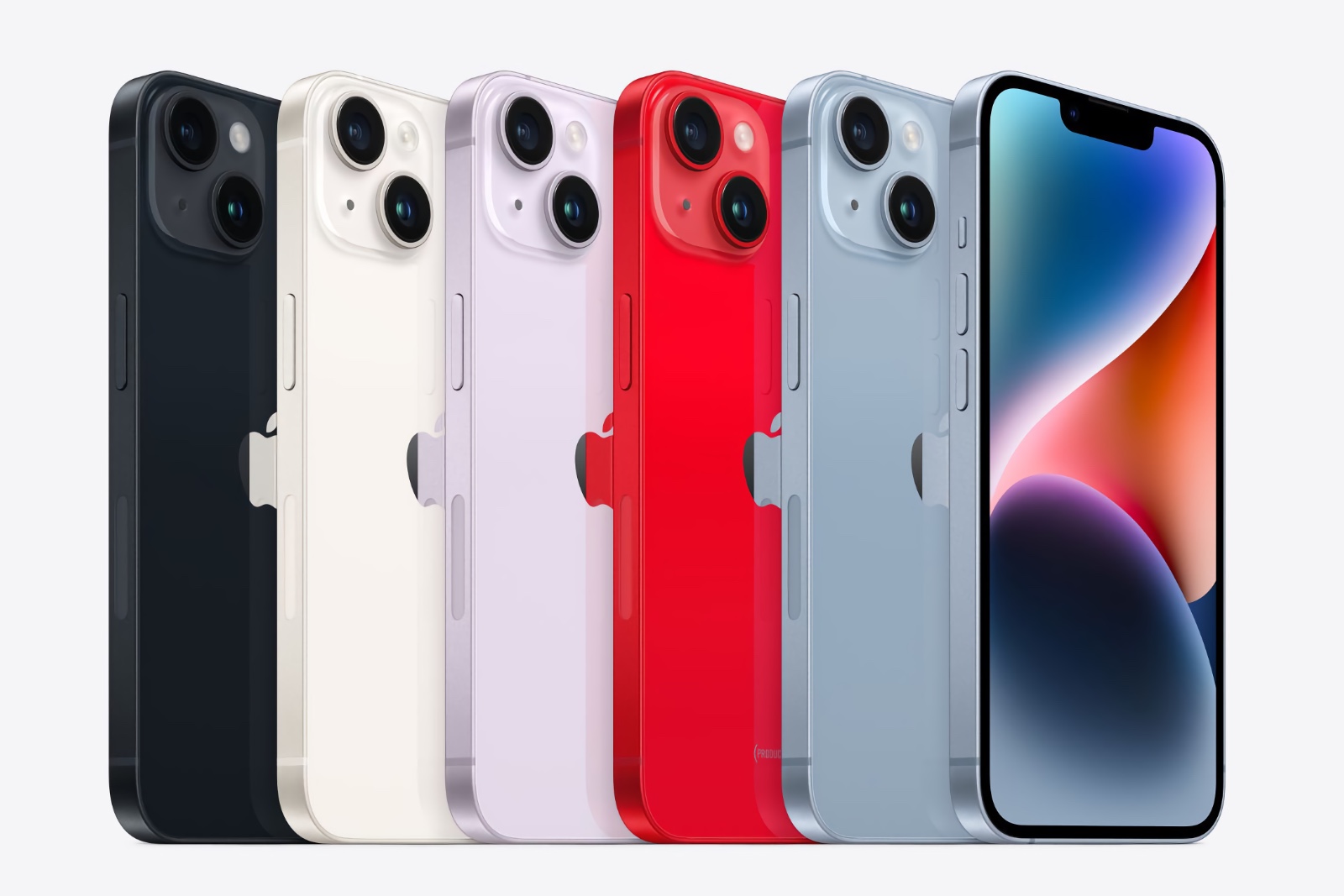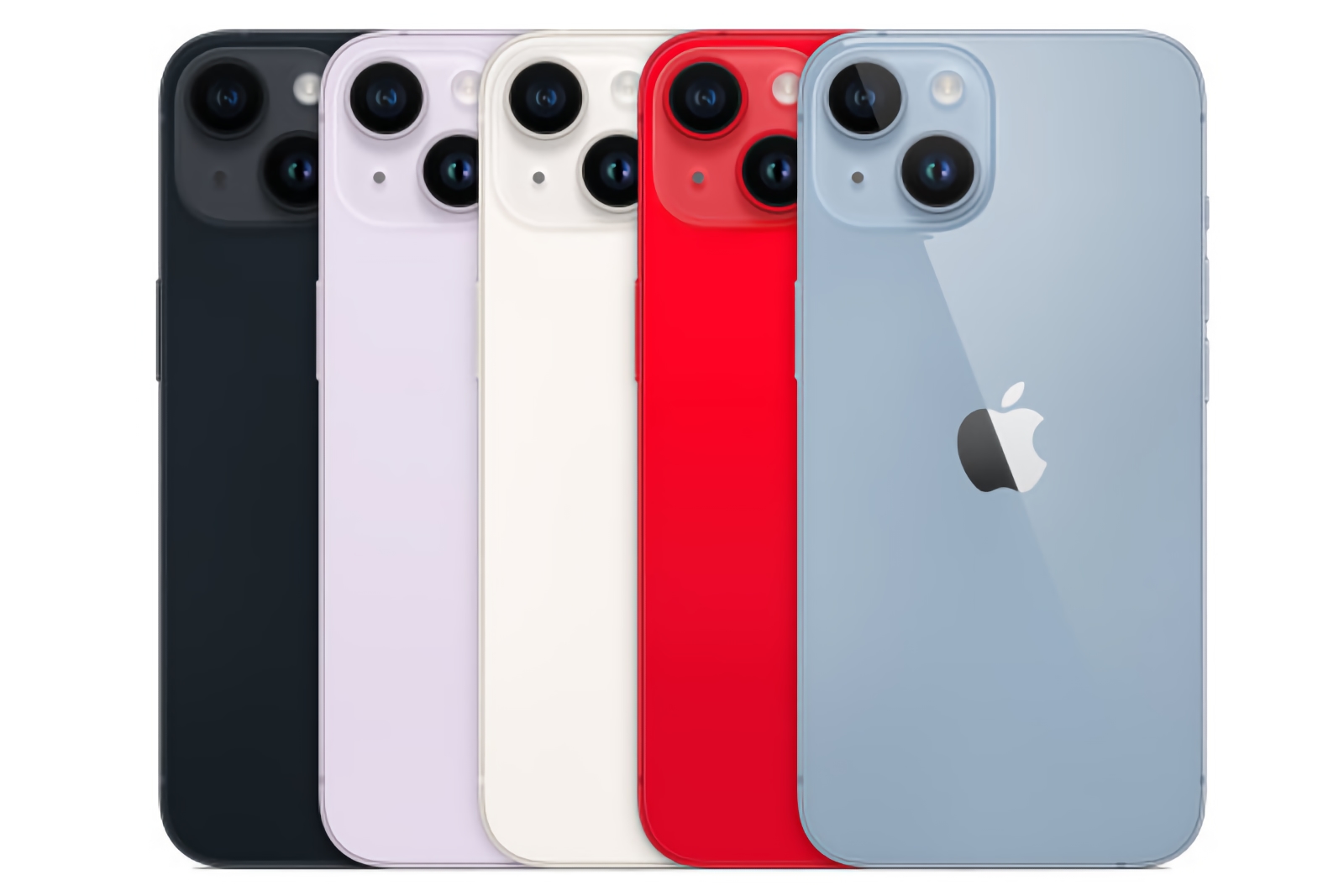Once again, only Apple has the courage to change the world

Call it the Godzilla Problem. Apple is so big and influential that any move it makes will have enormous consequences for someone, somewhere. If Godzilla takes a walk, he leaves enormous footprints (and, let’s be honest, a bunch of crushed stuff) behind him.
And like any large corporation (or nuclear Kaiju), Apple knows when it’s time to tread lightly and when it’s time to throw its weight around. Any choice it makes–especially where the iPhone is concerned–can move markets, make or break suppliers, and distort the trajectory of the tech industry.
When Apple announced the iPhone, it broke the control that wireless carriers had over our phones. Apple would bring the iPhone to the company that agreed to keep its paws off the phone’s Apple-built interface, AT&T (then Cingular) agreed, and the rest is history.
Now Apple’s up to it again.
move to eSIM only will influence other phone makers to eventually do the same.
Apple
eSIMs for some
With the iPhone 14 models, Apple is using its weight to drive the adoption of a new technology: eSIMs. For years, all cellphones included a tiny smart card called a SIM that contained the “identity” of those devices so that they could connect to the cellular network. As time went on, it became superfluous–that information could just as easily be stored on devices and even transferred from device to device. And so someone invented the eSIM, which did just that, and SIM cards were destined for doom.
(Like with so many new technologies, Apple wasn’t the first to market with a phone that supported eSIM. Samsung seems to win that distinction.)
But the world changes slowly, and it’s so much easier just to keep doing business as usual. So although eSIMs have become more popular, the SIM card is still required in numerous countries. Carriers are apparently worried that eliminating the need for a physical card will make it easier for customers to switch networks. But mostly, I think they fear change. And don’t want to do the extra work to change if they don’t have to.
Do you hear those footsteps? Godzilla is coming.

Buy an iPhone 14 in the U.S. and you’ll find this handy little note inside the box.
Foundry
Apple forces change
All iPhone 14s sold in the United States don’t come with a SIM card slot. It’s just not there. And this is going to have a powerful effect on wireless carriers all over the world. Here in the U.S., it will spur the adoption of eSIMs. iPhone users have been able to use an eSIM since the new models that were introduced in 2018, but 100 percent of upgraders to the iPhone 14 will have to make the switch.
(Apple has been pushing users in this direction for a while, with recent phones shipping without any SIM card installed. Users could add one themselves, of course, but it’s so easy to just give in.)
Of course, Americans travel as well, and given the iPhone’s large market share, that will increase demand for eSIMs. Carriers in other countries that enjoy selling SIM cards to tourists will need to get comfortable with eSIMs if they haven’t already. The ball will keep rolling. eSIMs will continue on their path to inevitability.
Apple benefits… eventually
In the long run, it’s clear that Apple is going to want to stop building SIM slots into any iPhone models. In the short run, however, it just can’t do that–so it’s making two different versions of its phones, for the U.S. and for the rest of the world. (That’s not new–Apple has been making large iPhones with two SIM slots for the Chinese market for a while, believe it or not.)

located under the volume buttons in non-U.S. version of the phone.
Foundry
In the long run, eliminating the slot will be good for Apple because it eliminates another potential point of water and dust ingress, a fiddly little metal SIM slot, and the space on the inside of the iPhone case dedicated to reading the SIM card.
Unfortunately, in the short term, there’s almost no benefit to Apple. The company can’t do two completely different designs of the internals of the iPhone, one for the U.S. and one for everyone else. That’s why, when iFixIt tore apart the iPhone 14 Pro, it found a little plastic spacer where the SIM socket was supposed to be. Until the SIM card is defeated everywhere, it will still complicate iPhone design.
But now that Apple has begun to push, the defeat of the SIM card is inevitable. The people of the city can’t fight Godzilla–they just need to get out of his way.
Where next, monster?
This year we’ve seen Apple’s influence take hold in a few other interesting areas. Certainly, the announcement of Emergency SOS via Satellite has changed the game in terms of satellite data services for consumer cellular devices. Elon Musk and T-Mobile went so far as to pre-empt Apple’s announcement with a press conference of their own, announcing that SpaceX’s Starlink service would eventually work with T-Mobile’s wireless network to fill in carrier gaps.
Considering that Apple has reportedly bought 85 percent of the capacity of the satellite network of its partner, Globalstar, there is undoubtedly going to be a run on satellite capacity–and a lot of new data satellites are going to need to be launched. (Apple’s satellite connectivity is coming via a Qualcomm 5G modem chip, but while its competitors can buy the chip, they will need to find somewhere to buy limited satellite data resources in the meantime.)
As the operator of two of the most popular computing platforms in the world, Apple throwing its lot in with the new WebAuthn standard–which Apple calls Passkeys–pretty much makes widespread adoption of that standard a fait accompli, especially given that Google and Microsoft are onboard. Likewise, the new Matter standard for smart-home devices gave Apple and some of its big competitors to declare peace and ensure that the new standard will make it across the finish line.
So what’s next in terms of world-changing moves for Apple? Unfortunately, Godzilla doesn’t answer his voicemails.
iPhone 14 Pro

iPhone 14 Pro Max

iPhone 14

iPhone 14 Plus


